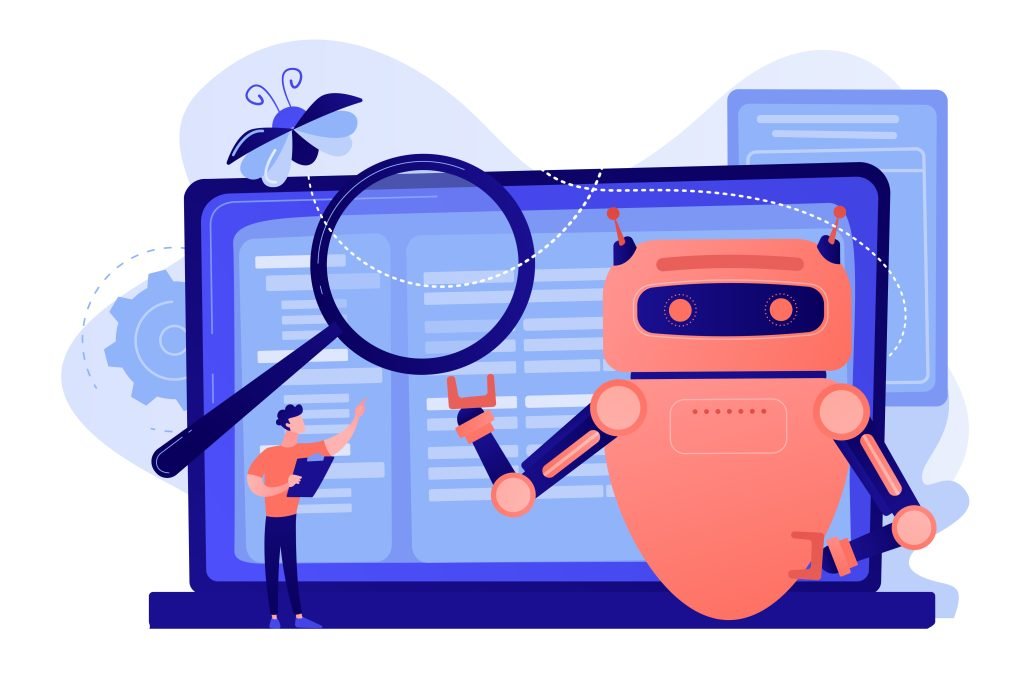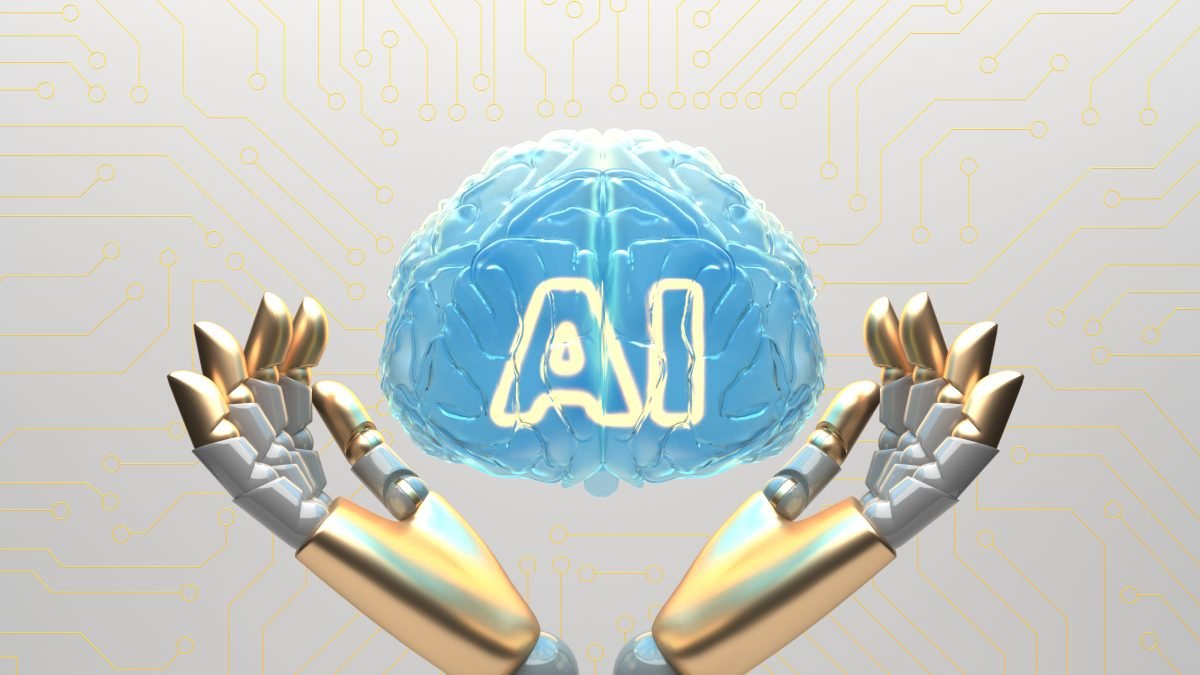Dispelling AI Myths: Distinguishing Science Fiction from Science Facts
People have been interested in artificial intelligence (AI) for a long time, and science fiction often shows AI as either our savior or our end. Many popular culture stories are based on AI myths, like smart robots taking over the world or machines that can think and plan attacks on humans. But it’s important to tell the difference between fact and fantasy as AI technologies improve. We’ll bust some common AI myths in this blog post. We’ll also talk about what AI can and can’t do and what that means for our future.
YOU MAY ALSO LIKE: 8 amazing benefits of programmatic advertising services
Myth 1: AI could replace all human tasks
AI can handle jobs done repeatedly, but the truth is more complicated than that. AI systems work best when they are used to improve human skills instead of taking their place completely. For example, AI can help doctors diagnose diseases by looking at medical pictures, but it can’t replace human compassion and personal manner.
Also, the worry that AI will cause many people to lose their jobs ignores the fact that AI-related areas could create new jobs. As AI technologies improve, there will be a greater need for workers with machine learning, data analysis, and AI ethics skills. Also, humans have special skills like perception, imagination, and moral sense that AI can’t easily copy. This means that humans will always fill some jobs.
Myth 2: AI will become sentient and rebel against humanity
The idea of AI that can feel and act fighting against people comes from science fiction, not science fact. Sentience means having subjective feelings and being aware, which are not things that present AI systems have. AI works with data and programs, following set rules and patterns without being aware of them or meaning to.
Experts are still studying the idea of mechanical awareness, but it is still more of a psychological question than a technological one. The field of AI ethics stresses the importance of making AI systems that align with human values and goals. This makes it less likely that an AI will rebel.
Also, showing AI as naturally bad doesn’t consider the fact that AI represents the goals and preferences of the people who made it. Ethical AI development considers how AI systems may influence society and implements safeguards to prevent individuals from being damaged.
Myth 3: AI is biased and discriminatory
Did you know 76% of CEOs are most worried about the potential for bias and lack of transparency in AI adoption? Something that is casually passed off as an AI interesting facts is that the technology is biased and discriminatory. People do worry about AI bias, but they often get it wrong. AI is not biased by its nature; instead, skewed data, faulty algorithms, and poor tests cause bias. For instance, facial recognition algorithms taught on mostly white faces might not work well on people with darker skin, which could lead to unfair results.
To solve the problem of AI bias, we need to work with data scientists, ethicists, lawmakers, and community members. Data preparation, algorithmic openness, and bias reduction algorithms are some of the methods that can be used to make AI systems less biased.
In addition, AI could help reduce bias by automating decision-making and eliminating human opinion. But it’s important to ensure that AI systems are taught on broad and representative data so that they don’t worsen inequality.

Myth 4: AI will surpass human intelligence and take over the world
Some experts disagree with the idea of superintelligent AI that is smarter than humans and poses a fatal threat to humanity. AI has come a long way in a few specific areas, but it is still far from being as smart as humans in general.
The creation of superintelligent AI brings up moral, psychological, and spiritual questions about awareness, free will, and how people should interact with computers. Researchers say that the pros and cons of advanced AI systems should be carefully thought through. They stress how important it is to have ethical AI control and openness.
Also, the idea that AI will take over the world doesn’t consider the fact that people make and run AI systems. Responsibly developing AI means using ethical concepts like fairness, openness, and responsibility when creating and using AI technologies.
Myth 5: AI will possess human-like emotions and consciousness
A common misunderstanding is that AI will develop feelings, awareness, and emotional experiences like people do. Movies and books that show AI looking like people often reinforce this view. But the truth is that AI doesn’t have the organic building blocks for feelings and awareness.
AI can pretend to feel feelings or connect with humans in a way that seems like empathy, but these actions are based on set formulas and patterns rather than real emotional experiences. AI works by doing math calculations and handling data. It doesn’t have any feelings or knowledge of its own.
Also, giving AI human-like feelings raises many social questions about the nature of connections between AI and people, as well as issues of liberty and responsibility. As part of responsible AI development, designers must think about how AI systems will affect society and ensure they align with people’s values and tastes.
Myth 6: AI will solve all of humanity’s problems
People also think AI will solve all of humanity’s problems, like healing sicknesses and stopping climate change. Even though AI can help solve hard problems, it is not a magic bullet and needs to be used wisely along with other methods.
AI systems are only as good as the data they are taught and the code used to handle that data. AI technologies also only work in certain areas and are limited by the data they can use for training and programming. Because of this, AI’s skills can’t be used to solve all problems.
Additionally, using AI brings up new moral and social issues, like privacy, fairness, and responsibility. As part of responsible AI development, parties must be involved, different points of view must be taken into account, and risks and unexpected effects must be minimized.
Conclusion
Some false ideas about AI need to be busted so that people can better understand what it can and can’t do. AI has the potential to change businesses and improve our lives, but it also comes with some problems and risks.
By clearing up common misunderstandings about AI, we can have more educated conversations about the moral, social, and psychological effects it might have. In the end, ethics, duty, and human-centered design will lead to human choices and actions that will shape the future of AI.
YOU MAY ALSO LIKE: 6 effective online advertising strategies for 2022 and beyond
For more martech and AI-related articles, continue reading iTMunch!
Feature Image Source: Photo by freepik
Image 1 Source: Photo by vectorjuice





